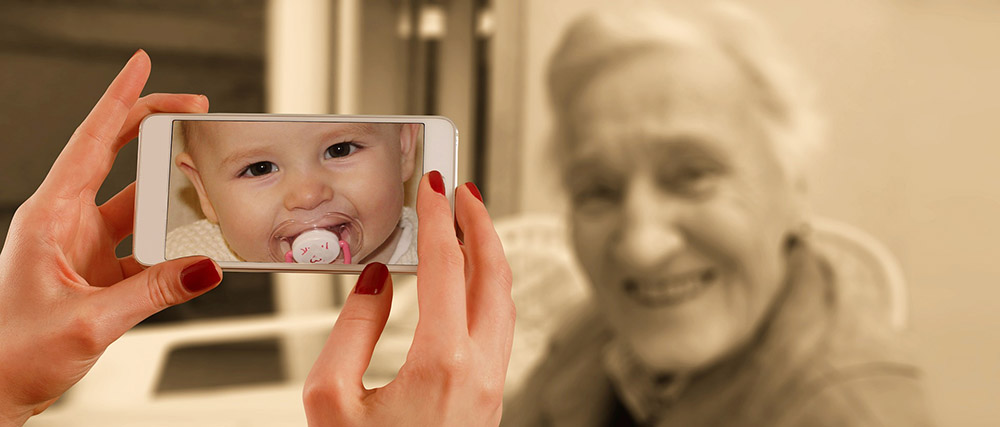In order to improve and preserve your vision now and in the future, routine dilated eye exams are essential for early detection and treatment. Although vision issues are frequently thought of as a normal aspect of aging, they don’t have to be. The Vision Health Initiative wants you to be aware that maintaining your vision is crucial to healthy aging during Healthy Aging Month!
The majority of US adults over 40 are most at risk for eye diseases. In that age group, 6.5 million people have vision impairment, including almost 1 million people who are blind. As the US population ages, it is anticipated that this number will double in the ensuing years.
Common Age-Related Eye Diseases
Age-related eye conditions like glaucoma, cataracts, and age-related macular degeneration (AMD) are the main causes of vision loss and blindness in older adults. Once you reach the age of 65, you are significantly more likely to develop age-related eye diseases. Here are some of the most common:
- Glaucoma- The optic nerve, which is a nerve in the back of your eye, is harmed by a group of diseases known as glaucoma. Your eyes may be affected by glaucoma in one eye or both.
- Cataracts- Over 24 million Americans have cataracts, which is a clouding of the lens of the eye.
- Age-Related Macular Degeneration- AMD is a condition that slowly destroys the light-sensitive tissue in your eye and impairs your central vision.
- Diabetic retinopathy- A common complication of diabetes, is the main cause of vision impairment in 1:3 adults over 40. Recognize your risk factors and learn how to safeguard your vision and eye health if you have diabetes.
Preventing vision loss as we age requires early detection and treatment of these eye issues!
Risks of Vision Impairment with Aging
Older adults with vision impairment have a higher prevalence of chronic health conditions than those without it, including diabetes, heart disease, and arthritis. Age-related vision impairment increases the risk of:
- Falling injuries
- Isolation
- Depression
- Decreased daily functioning and subsequently, quality of life
- Trouble adhering to medical and pharmaceutical instructions
You can prevent these age-related issues by thinking of your vision health as a component of your overall health.
What You Can Do
Take the following easy steps to help lower your risk of vision impairment:
- Early detection and treatment of eye issues through regular eye exams.
- Consume dark leafy greens, which are rich in antioxidants, such as spinach, kale, and collard greens, as part of a healthy diet.
- Ward off AMD and other common eye diseases by refraining from smoking or don’t start.
- Learn about your ancestry for early detection and treatment for eye diseases that run in families.
Low Vision and Aging
Low vision, makes it challenging to carry out daily tasks. Glasses, contact lenses, or other common treatments like medication or surgery won’t help. If your vision prevents you from performing the following tasks:
- Read while driving.
- Recognize the faces of people.
- Separate colors.
- Watch your computer or television screen clearly.
Low vision is not exclusively brought on by aging, but it is more prevalent in people over 50 years of age. Ask your eye doctor about vision rehabilitation services and tools that can help you get the most out of your vision, if you have low vision. To manage your vision loss, you can also look for local resources for low vision.
If you are struggling to see because of changes in vision due to aging issues, please contact us or your doctor for a comprehensive eye exam.
For more helpful eye care and vision care tips, please visit our main blog page.
Source: CDC.gov
Image by Gerd Altmann from Pixabay

